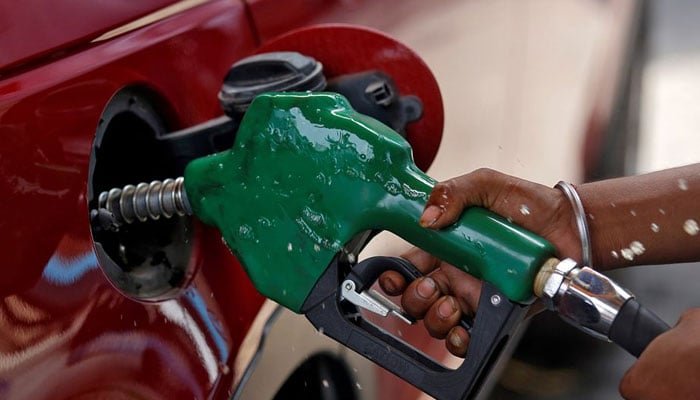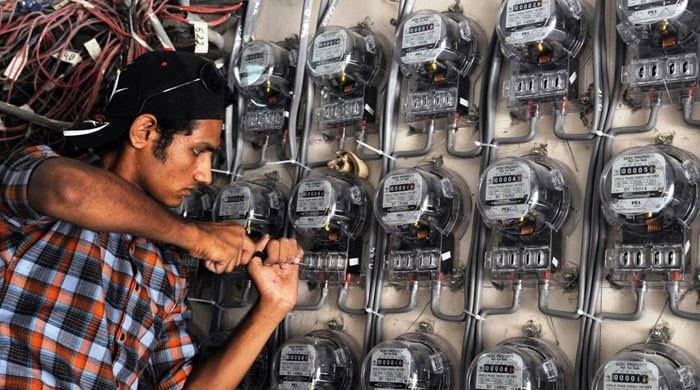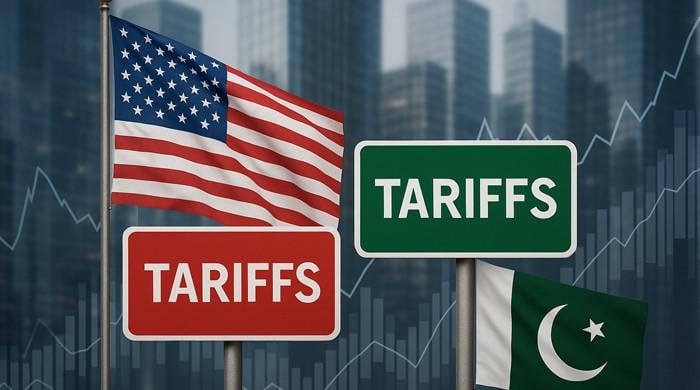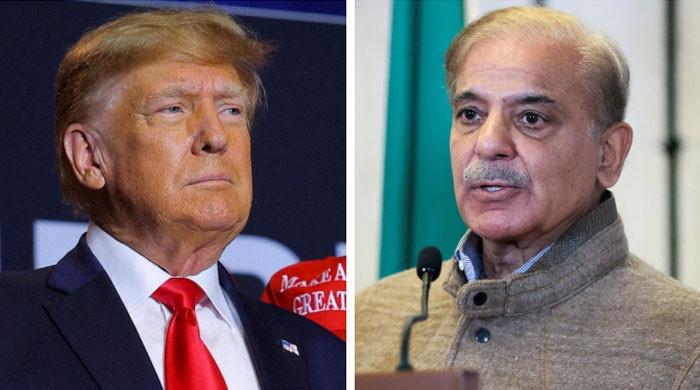Govt to pay Rs55bn to OMC in April fuel subsidy
Per OGRA, price differential claims payment for the whole month of April 2022 is estimated to be around Rs53-55bn
April 09, 2022

- According to OGRA, PDC payment for the whole month of April 2022 is estimated to be around Rs53-55bn.
- Division proposes that in order to protect consumers, current rates of petroleum levy and sales tax may be maintained.
- To curtail the demand, the best way forward is to correct the price signals immediately, the summary states.
KARACHI: The government owes Rs55 billion worth of price differential claims (PDC) to oil marketing companies (OMCs) and refineries in April, which the cash-strapped sector is not sure about, The News reported Saturday.
Under Prime Minister Imran Khan’s relief package, announced on February 28, the consumer prices of Motor Spirit (petrol) and diesel were reduced by Rs10 per litre and the OMCs were told to keep the prices stable till the end of the fiscal year.
The decision was implemented after the approval of the Finance Division’s proposal in a summary regarding the prices of petroleum products.
The decision included payment of subsidies to OMCs and refineries in the form of PDC.
Subsequently, the first Rs20 billion and then Rs11.73 billion were allocated for reimbursement of PDCs to OMCs/refineries for the period of November 1-4, 2021 and March 1-31, 2022 through supplementary grants.
As per the Oil and Gas Regulatory Authority’s (OGRA) assessment, the above-allocated amount will be sufficient for the reimbursement of PDCs for the period of March 12-31, 2022. Due to continuously rising oil prices in the international market, the PDCs for the first fortnight of April 2022 are projected at Rs26.47 billion.
Based on this the PDC payment for the whole month of April 2022 is estimated to be around Rs53-55 billion, according to OGRA. Therefore, the Petroleum Division moved a summary to ECC on April 1, 2022, for allocation of an additional Rs55 billion through a supplementary grant for the disbursement of PDCs for this month. The matter is yet to be considered by the ECC.
The Petroleum Division on Friday hurriedly prepared a summary, proposing the withdrawal of PDCs on petroleum products and moved it to the federal cabinet for approval. However, the federal cabinet of the PTI government, which probably met for the last time, rejected the summary, sources confirmed to The News.
However, the division proposed that in order to protect consumers, the current rates of Petroleum Levy and Sales Tax on petroleum products (Rs0 per litre and 0%) may be maintained.
The summary stated that international energy markets were volatile and the premiums on MS and HSD were high. The liquidity of OMCs/refineries is, therefore, under stress. Subsidised prices of petroleum products add to this stress as a full cost recovery is made only after PDC claims are processed.
The availability of petroleum products in the country might be affected due to this stress. Oil Marketing Companies Advisory Council (OCAC) is perplexed over the situation, which they communicated through a letter, while OGRA also shares their concerns. If the current uptrend continued in the energy markets, the estimated amount of PDC payments for the period between April 16 to June 30, 2022, would be Rs136 billion, according to Petroleum Division.
This is in addition to the already allocated amount of Rs31.73 billion for March 2022 and yet to be allocated amount of Rs26.47 billion for the first fortnight of April.
These amounts have to be allocated and processed expeditiously to maintain the liquidity of OMCs/refineries so that the supply chains remain intact. The summary states that high petrol and diesel demand is not only making the petroleum market vulnerable to supply disruptions but also runs the risk of placing a very heavy burden on the liquidity in the sector, on top of adding to the import bill.
In order to curtail the demand, the best way forward is to correct the price signals immediately by adjusting the rates of petroleum products based on a full cost recovery model, the Petroleum Division said in its summary.











